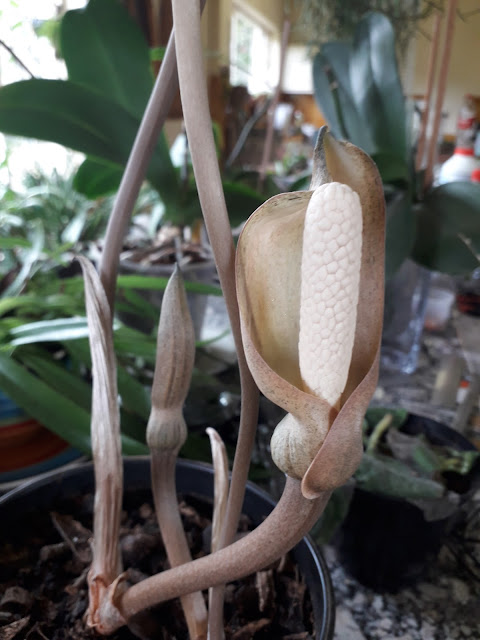No visit to KwaZulu-Natal and in particular eMalangeni at Kosi Bay is complete without the ceremonial passing around of a clay ukhamba filled with umqombothi the traditional fermented drink.
Umqombothi Zulu beer which is very rich in vitamin B is a traditional alcoholic beverage drunk by the local people of this area, which is brewed mostly by the women over a three day period.
Umqombothi is a refreshing, nutritious drink with a unique sour taste that plays a very important and central role in social events, such as feasts, weddings and other traditional occasions and in particular when someone contacts their ancestors, the amadlozi, or just for the joy of drinking it.
Brewing Umqombothi was traditionally done in a large ukhamba clay pot however today it is mostly brewed in large plastic drums in particular where it is to serve many.
Umqombothi is brewed following traditional customs which vary slightly between regions, where the recipe has been passed down through the generations.
The ingredients used to brew umqombothi
The ingredients used are ummbila maize, amabele sorghum, unyawothi pearly millet, umthombo wombila crushed maize malt and umthombo wamabele crushed sorghum malt. depending on the ratio used the maize malt provides a lighter-toned beer with a mellower flavour. The sorghum malt provides a darker beer. In the past unyawothi pearly millet was traditionally used in place of the maize and is in some instances it still used or blended with the maize.
Crushed sorghum malt umthombo wamabele is used in the making of umqombothi at eMalangeni
This is the general method used to brew umqombothi which may differ slightly from area to area and from person to person brewing it.
The ingredients are mixed in a cast-iron pot and boiling water is added. The mixture is stirred and left overnight until the mixture starts fermenting and bubbles appear and a sour odour can be detected.
A small portion of this mash or wort is removed and put to one side. The remaining mash is cooked over a fire until a crusty sediment forms. This product is known as isidudu and can be eaten as a porridge. When making beer, the isidudu is left to cool for a day.
After the mixture has cooled, it is poured into a large clay pot known as Ukhamba or a plastic drum. The wort that was set aside is added to the vat as well as sorghum malt. The brew is stirred with a traditional stirring spoon called an iphini. The ukhamba is put in a warm place and is covered with a lid called imbenge and the ukhamba is then covered with a blanket to retain heat and is left overnight to allow time for fermentation. A plastic drum can also be used.
The traditional method of testing to see if the brew is ready is to light a match close to the ukhamba, if the match blows out quickly, the brew is ready, if the match remains lit, the brew is not ready. This is because the fermenting mash produces large amounts of carbon dioxide, which does not allow for combustion of the match.
When the brew is ready, the fermented mash is filtered through a traditional grass strainer known as ivovo into a large put known as gogogo, to remove the spent grains known as izinzipho. this highly nutritious spent grains izinzipho is not wasted but is fed to chickens and goats. Some of The izinzipho left over from the brewing is kept for use in the next batch of umqombothi to speed up the fermentation process.
Ivovo is the beer strainer made of grass that is used to strainer the umqombothi before drinking
The grass strainers are only made by elderly people, using a centuries-old technique. It is a complicated and time consuming technique that takes great patience to learn and pass along to others. Younger generations are not always willing to learn this art, meaning that it is in danger of dying out, which could contribute to a loss of knowledge in brewing beer the traditional way.
Guided excursions
Please join us on one of our many guided excursions conducted in Zulu, English or German into the eMalangeni Forest, Kosi Bay area, Tembe Elephant Park the home of the world largest elephants and other surrounding natural areas. Please visit one of my websites for my contact details.



























































